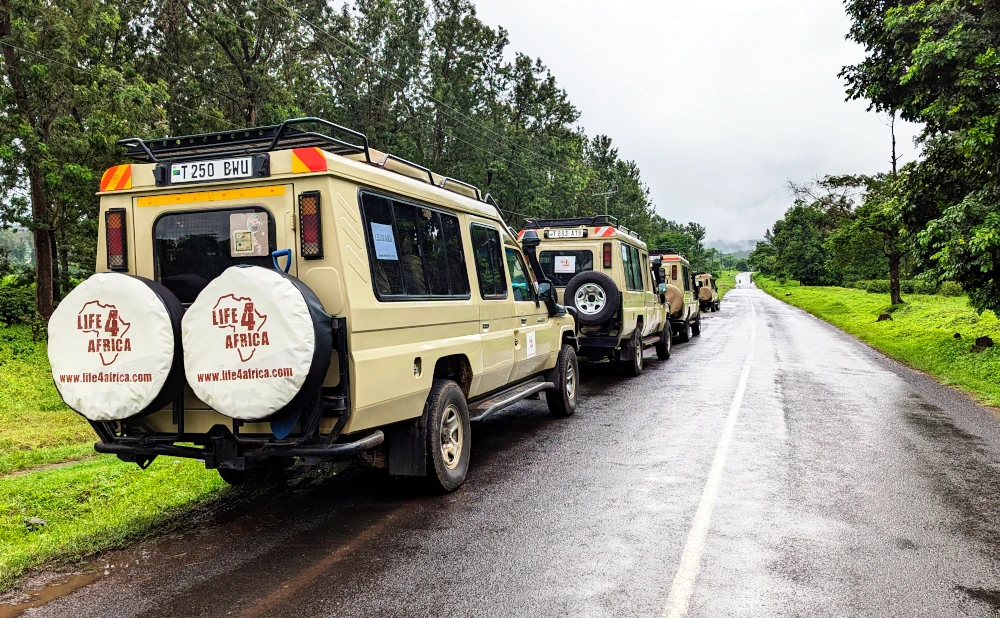What to Wear on Safari

A Guide to Dressing for Your African Adventure
Embarking on a safari adventure in Africa is an exhilarating experience filled with breathtaking wildlife encounters and awe-inspiring landscapes. As you prepare for your safari, one of the most important considerations is what to wear. Dressing appropriately ensures comfort, safety, and the ability to fully immerse yourself in the wonders of the African wilderness. In this guide, we'll cover everything you need to know about dressing for your safari.
1. Comfort is Key:
When packing for your safari, prioritize comfort above all else. Opt for lightweight, breathable clothing made from natural fibers such as cotton or linen. Loose-fitting garments allow for ample ventilation and freedom of movement, ensuring you stay cool and comfortable during long game drives and bush walks.
2. Neutral Colors:
Choose clothing in neutral, earth-toned colors such as khaki, beige, olive, and tan. These colors blend seamlessly with the natural surroundings, helping you to stay inconspicuous and minimize disturbance to wildlife. Avoid bright colors and bold patterns, which can attract insects and potentially startle animals.
3. Layering:
The climate in African safari destinations can vary widely throughout the day, from chilly mornings and evenings to scorching midday temperatures. To adapt to changing weather conditions, dress in layers that can be easily added or removed as needed. Start with a lightweight, long-sleeved shirt and trousers, and layer with a fleece or jacket for cooler mornings and evenings.
4. Sun Protection:
The African sun can be intense, so be sure to pack sun protection essentials. Wear a wide-brimmed hat to shield your face and neck from the sun's rays, and don't forget to apply sunscreen with a high SPF rating to exposed skin. Sunglasses with UV protection are also essential to protect your eyes from glare and harmful UV radiation.
5. Closed-toe Shoes:
Sturdy, closed-toe shoes are essential for safari activities such as game drives, bush walks, and walking safaris. Opt for comfortable walking shoes or hiking boots with good grip and ankle support to navigate uneven terrain safely. Avoid open-toe sandals or flip-flops, which offer minimal protection and stability.
6. Insect Repellent:
Insect bites can put a damper on your safari experience, so be sure to pack insect repellent containing DEET or other effective repellent ingredients. Apply repellent to exposed skin and clothing to deter mosquitoes, ticks, and other biting insects.
7. Respect Cultural Norms:
When visiting local communities or cultural sites during your safari, dress modestly and respectfully to adhere to local customs and traditions. Avoid revealing clothing and opt for more conservative attire out of respect for the local culture.
By following these guidelines and dressing appropriately for your safari adventure, you can ensure a comfortable, safe, and memorable experience in the African wilderness. Remember to pack light, pack smart, and prioritize comfort and functionality in your clothing choices. With the right attire, you'll be ready to embark on the safari of a lifetime and create unforgettable memories amidst Africa's stunning landscapes and magnificent wildlife.
